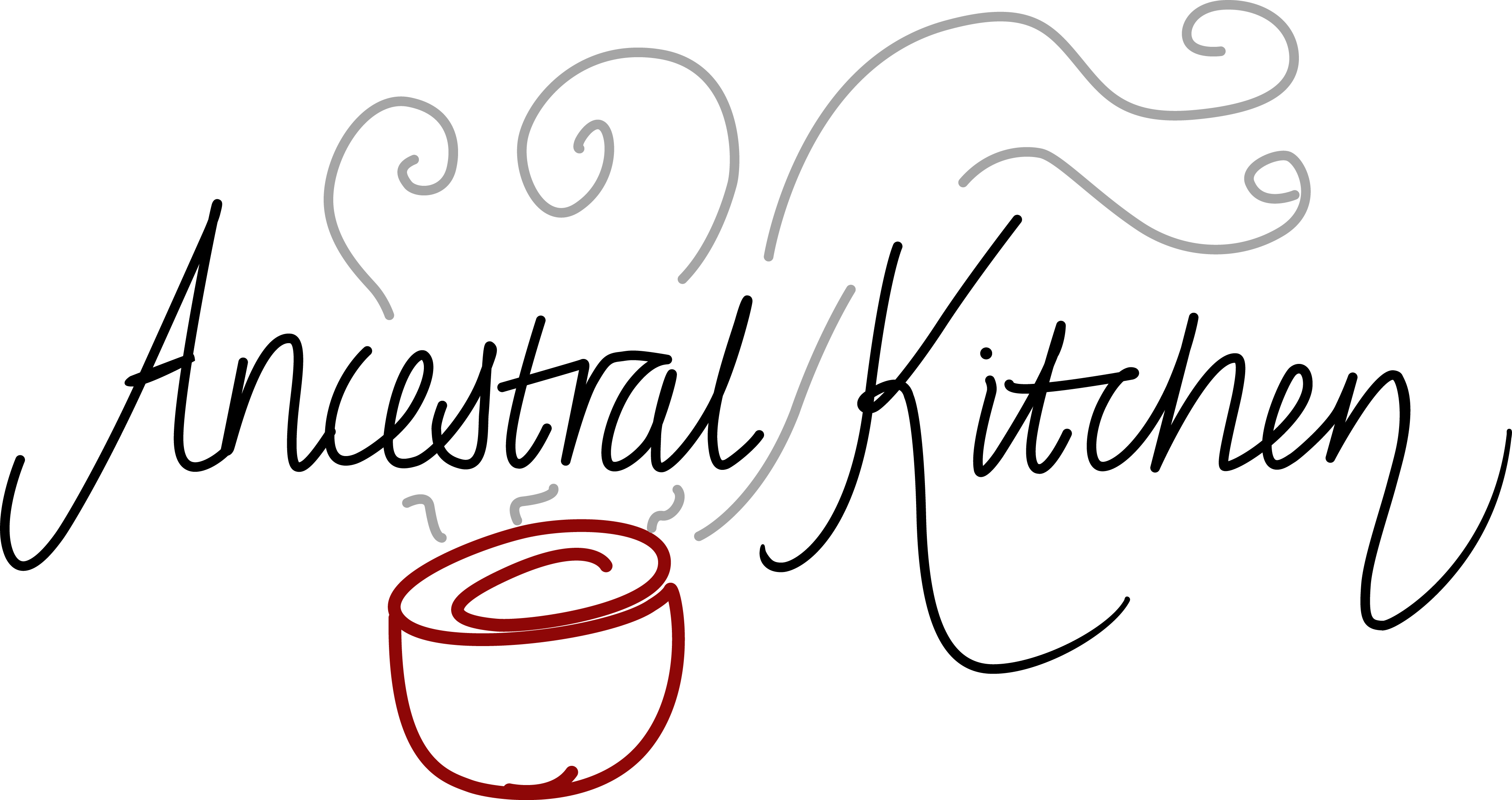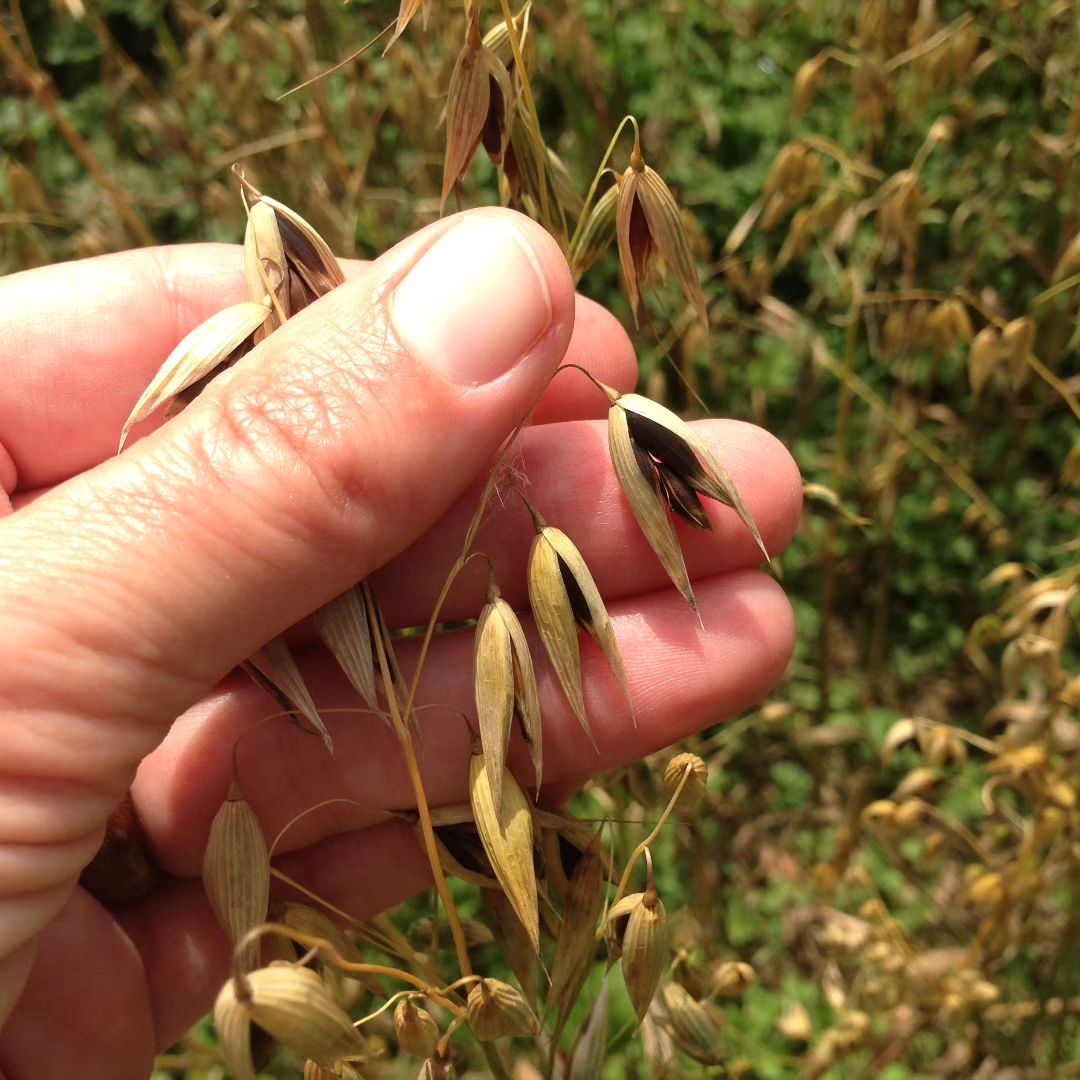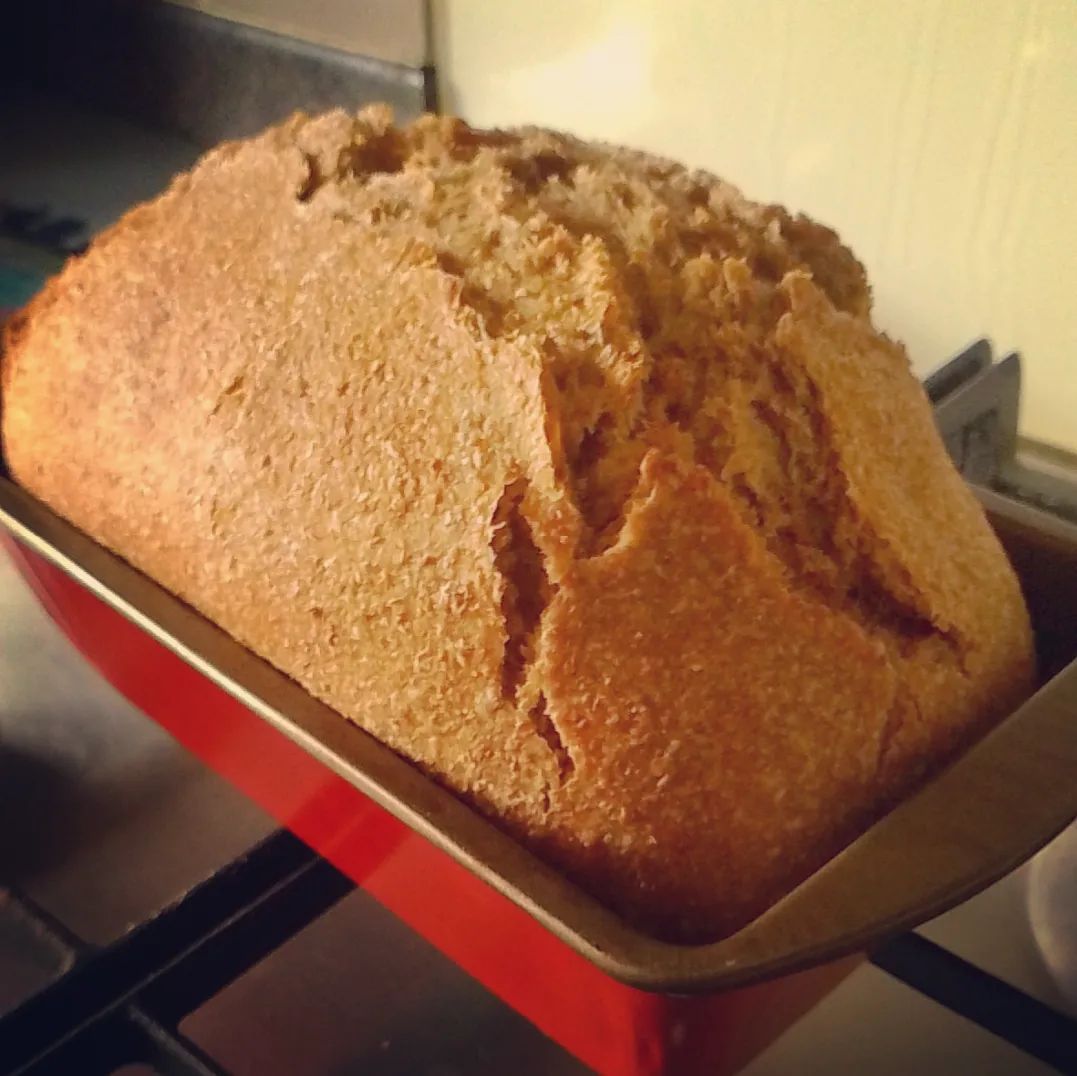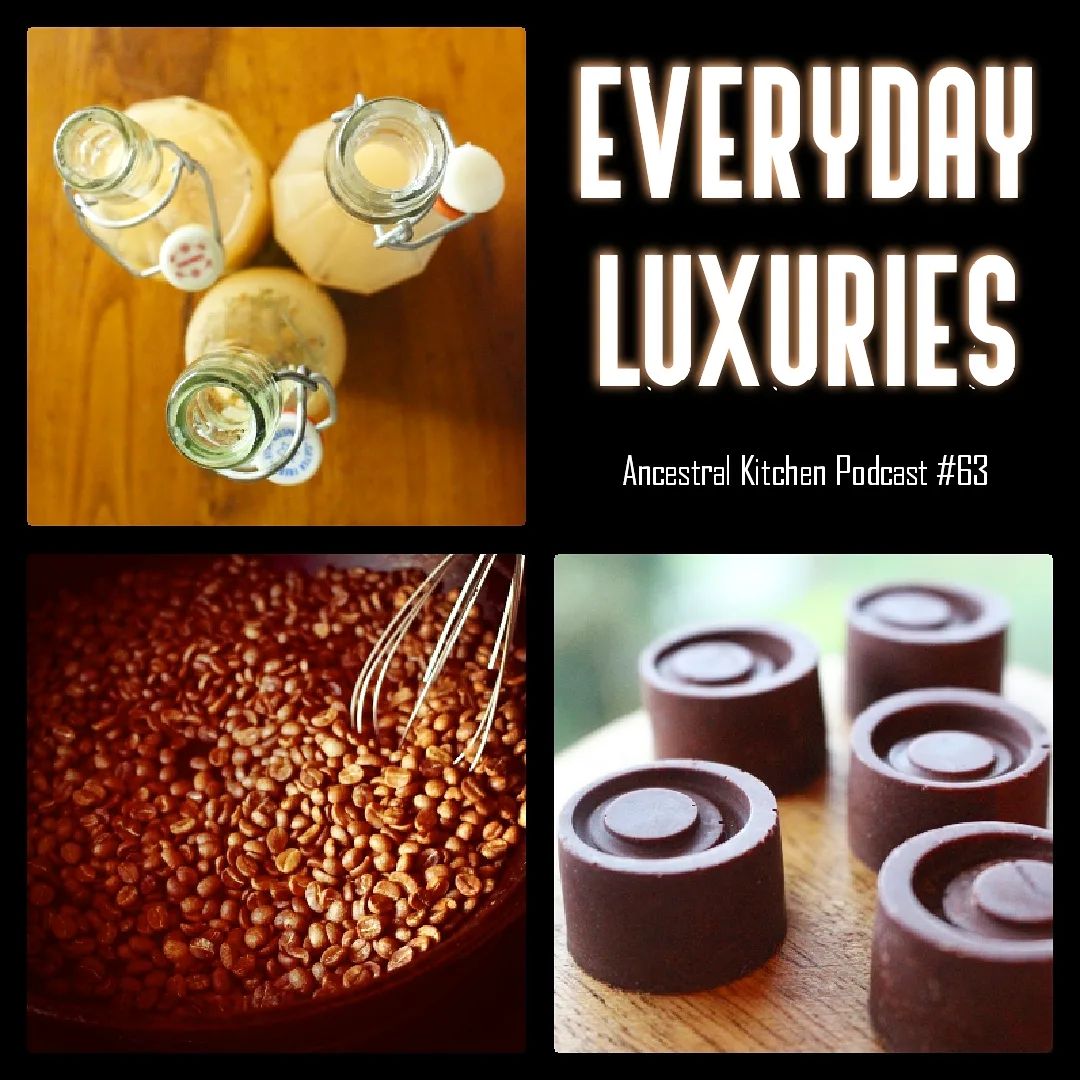Boza ice lollies! . It’s very hot here and my little man is in need of something summery, so, thanks to a nudge from @kitchencounterculture, I made ice lollies (or popsicles) by simply pouring fermented Boza into freezer moulds. I know the starter for Boza can survive freezing, so I’m officially calling these lollies probiotic! . Whilst I was in the UK, I passed on some Boza starter to @iamcultured_ – the second pic here is of her first batch which she declared both ‘feisty’ and ‘delicious’ (a great combo, right?!). . The same day the lollies were ready, I got a fab email from a student of my Boza course – swipe for the words that made me smile. And, if you don’t know what Boza is, keep swiping to my explanation. . A video of the boza lolly being eaten is in my story today!

Boza ice lollies!
.
It’s very hot here and my little man is in need of something summery, so, thanks to a nudge from @kitchencounterculture, I made ice lollies (or popsicles) by simply pouring fermented Boza into freezer moulds. I know the starter for Boza can survive freezing, so I’m officially calling these lollies probiotic!
.
Whilst I was in the UK, I passed on some Boza starter to @iamcultured_ – the second pic here is of her first batch which she declared both ‘feisty’ and ‘delicious’ (a great combo, right?!).
.
The same day the lollies were ready, I got a fab email from a student of my Boza course – swipe for the words that made me smile. And, if you don’t know what Boza is, keep swiping to my explanation.
.
A video of the boza lolly being eaten is in my story today!






